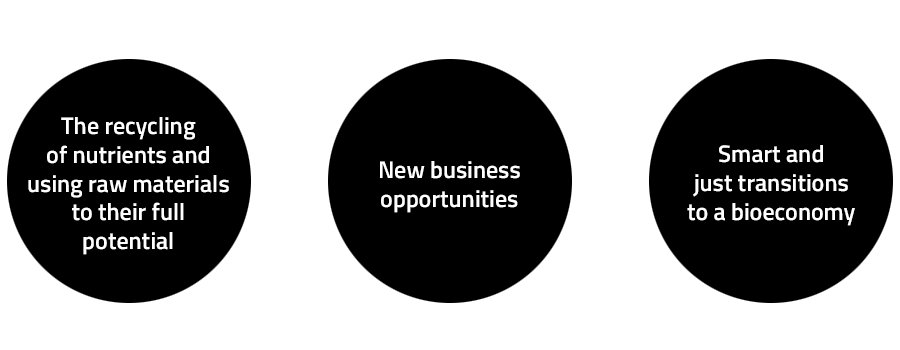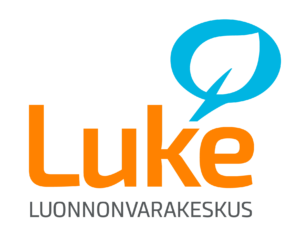Circular
bioeconomy
The circular economy is the key to mitigating climate change and preserving biodiversity.
How to replace fossil raw materials? What is the circular bioeconomy, and how can we proceed in a sustainable way?
The future possibilities are new and partly unknown!
We need innovation, collaboration and new skills across the sectors and disciplines – scientific data put into practice and the wise use of our natural resources.
Johanna Kohl, Programme Director
Circular Bioeconomy
The Circular Bioeconomy research programme of the Natural Resources Institute Finland produces solutions for the development of the bioeconomy based on renewable natural resources: the production of food, energy, materials, and services in accordance with the principles of sustainable development.
We study:
The circular bioeconomy revolves around the sustainable use of biomasses. The biomasses come from forests, agricultural fields and waterbodies, or industrial processes as side-streams, for example.
Biomasses and their side-streams are comprehensively used, with the aim of a high degree of value-creation. They are also recycled and processed so that opportunities for further use are not lost, and that no new waste streams are generated that are left unused.
A variety of methods, including life-cycle assessments, are needed to assess the overall impact of the solutions. When assessing the impact of a particular product, for example, one must account for the product’s entire life cycle, starting from the procurement of its raw materials.
Bio-based alternatives are replacing fossil-based raw materials in the production of materials, chemicals, fertilisers, and fuels. New value chains also give rise to new applications, in which the residue of one operator is a valuable raw material for another.
Did you know that sawdust provides raw materials for the production of fish feed?
Or that manure can be turned into biogas for cars?
Manure is also a valuable source of nutrients. By recycling nutrients efficiently, we can influence the wellbeing of soil and reduce harmful environmental impacts.
In addition to the full use of raw materials, we pay attention to their longevity, of which timber and repair construction is a good example.
Alternative solutions are needed as the production of peat for energy is winding down, affecting the production of horticultural and bedding peat. Promising alternatives for the cultivation of garden plants and forest tree seedlings include renewable sphagnum mosses, reed canary grass and wood fibres.
We can look forward to an increasing number of innovations. Cattails, nettle, and hemp can be used in the production of textiles, composites or building insulation, for example. New applications of wood provide hemicellulose for use as a thickener in foodstuffs and lignin for use as activated carbon in electronics.
Nature also provides a variety of antimicrobial solutions for the prevention of moulds, bacteria, and viruses. Compounds that destroy a virus’s capacity for infection can be extracted from fungi, for example. Global demand for safely and sustainably produced solutions is only growing.
The circular bioeconomy is a forward-looking industry creating new opportunities for collaboration, jobs, and business. A sustainable transition to a circular bioeconomy also needs the support of society, consistent policy measures and the anticipation of different impacts: what are the integrated impacts of our choices?
The change starts with us: each one of us can make active circular economy choices.





